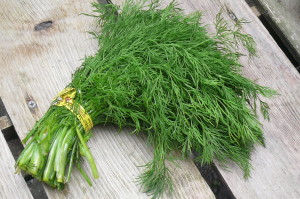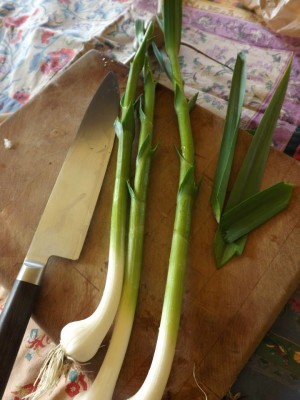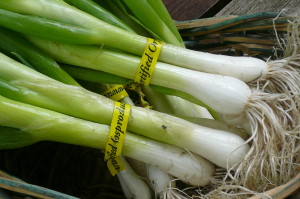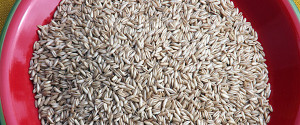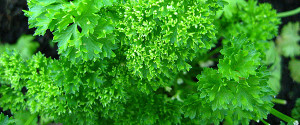4 ounces silken tofu
1 tablespoons homemade mustard
4 tablespoons fresh dill chopped
1 tablespoons honey
2 tablespoons fresh lemon juice
1/2 cup water
1/4 teaspoon salt
1/4 teaspoon white pepper
2 tablespoon extra virgin olive oil
Place all ingredients except the extra virgin olive oil into a blender and blend on high for about 1 minute. While blending, slowly drizzle olive oil into blender. This sauce is a great topping for chicken or fish.
We thank Mustard Dill Sauce Recipe for this recipe.
Have you tried this recipe? Tell us how it turned out!

